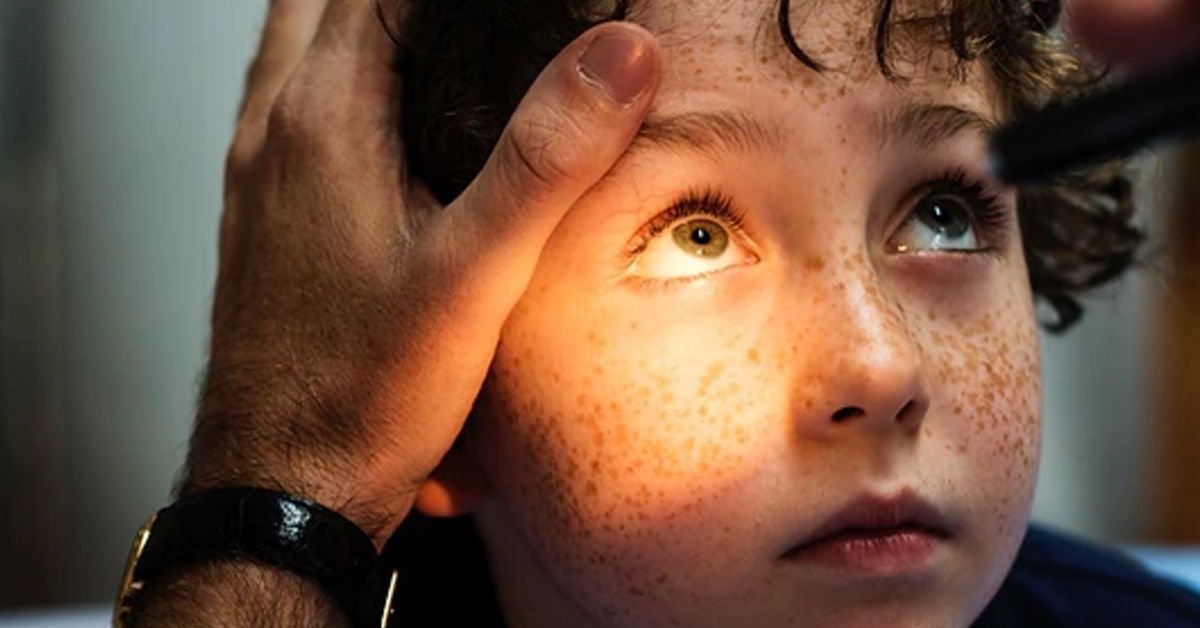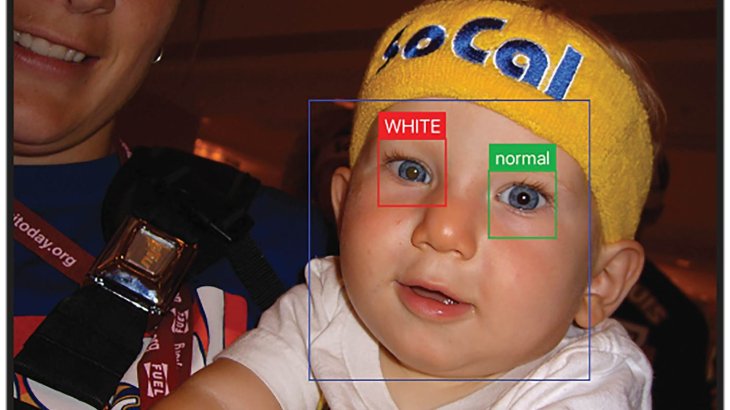This App CRADLE Can Detect Early Signs Of Eye Cancer And Disorders In Children
Aadhya Khatri - Oct 08, 2019

What CRADLE looks for is Leukocoia, or “white eye,” abnormal reflections of the retina, which is retinoblastoma’s symptoms
- This Smart Bandage Will Heal Wounds That Can't Heal Without Requiring The Patient To See The Doctor
- These Brain Implants Could Electrocute People Out Of A Coma
- Dentist Stripped Of License For Riding A Hoverboard While Operating On Patient
Experts have just made a smartphone app that can detect signs of eye disorders in children, like retinoblastoma, a rare form of cancer.
The said app is named CRADLE (short for ComputerR Assisted Detector LEukocoria). What it looks for is Leukocoia, or “white eye,” abnormal reflections of the retina, which is retinoblastoma’s symptoms.

According to a study on Science Advances, the app can be handy to encourage clinical leukocoria screenings, which parents can perform throughout the development of their children.
This app is the creation of Greg Hamerly and Bryan F. Shaw, Ph.D. professor at Baylor University. In 2014, they introduced another app called “White Eye Detector” for Android and iOS after Shaw’s son lost his right eye’s sight to retinoblastoma. To enhance the app, the two scientists analyzed over 50,000 photos of children taken before they were diagnosed. CRADLE boasts an accuracy rate of 80% with this test.
Before CRADLE was invented, the traditional method of screening for leukocoria can detect merely 8% of the cases. With the sensitivity of 80% for children aged two and younger, the app has achieved the gold standard, as stated by ophthalmologists.
One of the reasons attributing to the effectiveness of CRADLE is the large size of samples, including pictures taken by friends and relatives under different lighting conditions. This called for a complexity of the app’s algorithm, giving it the ability to detect even the slightest signs of leukocoria. One of the two scientists said that he was the parent of a child suffering from retinoblastoma, he had special interest in identifying leukocoria's traces in the form of gray pupil, which is otherwise hard for the naked eyes to see.
They thought that the app could identify leukocoria related to both common and rare disorders. It turned out that they were right. Doctors and parents are using it to detect retinoblastoma, myelin retinal nerve fiber layer, refractive error, cataract, and Coats' disease.
The experts are perfecting the detection by using 100,000 more photos to increase CRADLE's sensitivity.
Featured Stories

Features - Jul 01, 2025
What Are The Fastest Passenger Vehicles Ever Created?

Features - Jun 25, 2025
Japan Hydrogen Breakthrough: Scientists Crack the Clean Energy Code with...

ICT News - Jun 25, 2025
AI Intimidation Tactics: CEOs Turn Flawed Technology Into Employee Fear Machine

Review - Jun 25, 2025
Windows 11 Problems: Is Microsoft's "Best" OS Actually Getting Worse?

Features - Jun 22, 2025
Telegram Founder Pavel Durov Plans to Split $14 Billion Fortune Among 106 Children

ICT News - Jun 22, 2025
Neuralink Telepathy Chip Enables Quadriplegic Rob Greiner to Control Games with...

Features - Jun 21, 2025
This Over $100 Bottle Has Nothing But Fresh Air Inside

Features - Jun 18, 2025
Best Mobile VPN Apps for Gaming 2025: Complete Guide

Features - Jun 18, 2025
A Math Formula Tells Us How Long Everything Will Live

Features - Jun 16, 2025
Comments
Sort by Newest | Popular